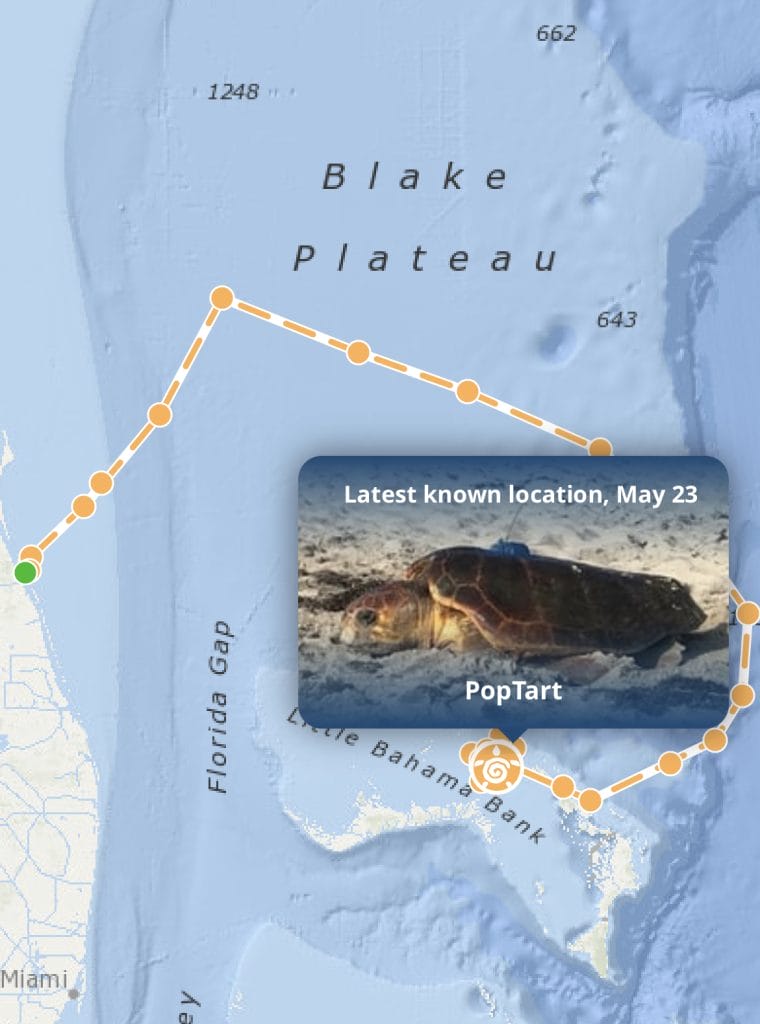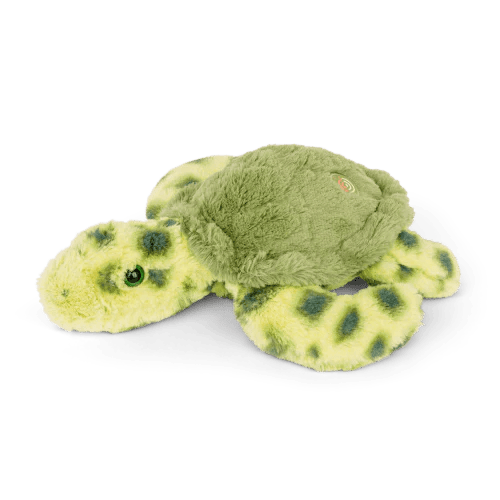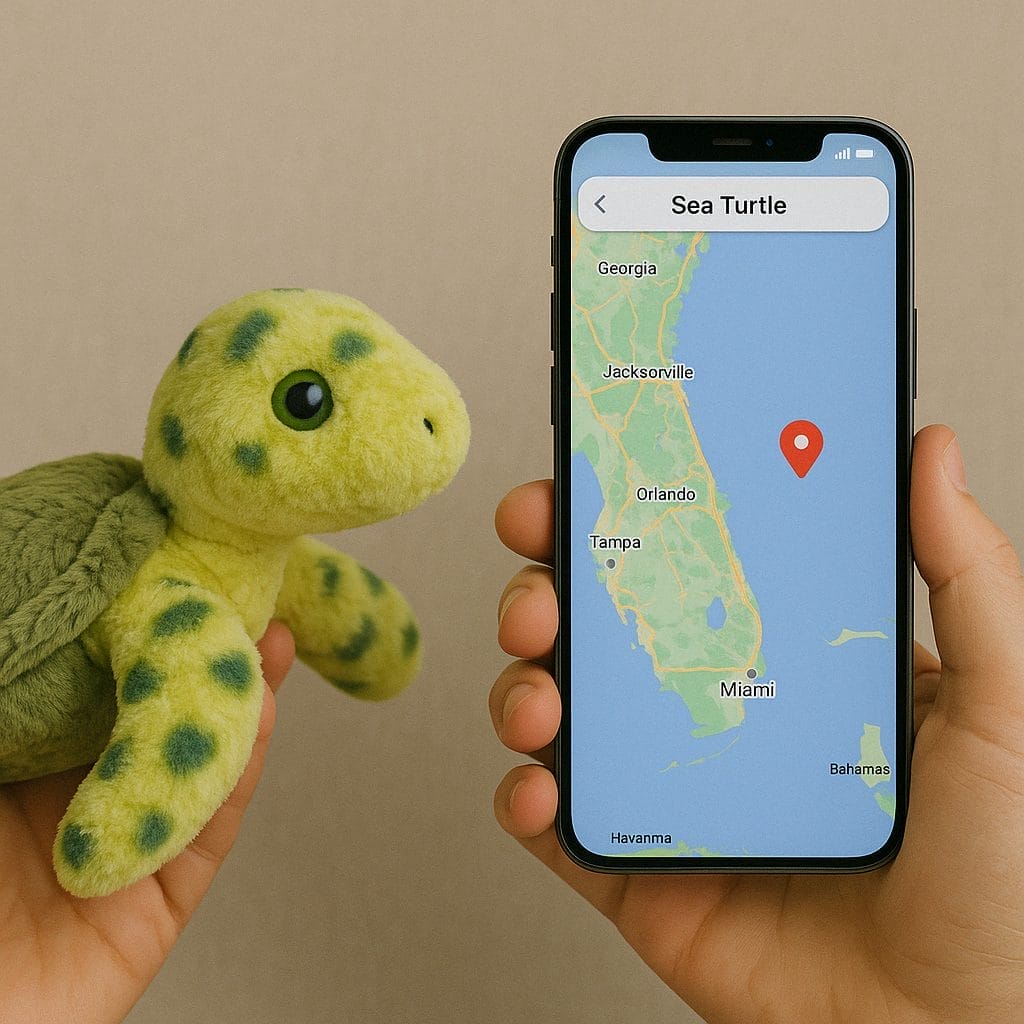Sea Turtles Are Mistaking Plastic for Food—And It’s Getting Worse in 2025

This post was created with help from AI tools and carefully reviewed by a human (Muntaseer Rahman). For more on how we use AI on this site, check out our Editorial Policy.
Imagine watching a sea turtle swim up to a jellyfish… and bite into a plastic bag instead. That’s not rare. That’s daily life in the ocean now.
We’ve all heard the usual threats—fishing nets, climate change, boat strikes. But something smaller, sneakier, and way more common is wrecking their insides.
It’s microplastics.
They’re tiny. They’re everywhere. And sea turtles are swallowing them like snacks.
Let’s talk about why this matters, what it’s doing to turtles, and what’s (still not) being done about it.
So, What’s the Big Deal With Microplastics?
You’ve probably heard the word tossed around, but here’s the short version.
Microplastics are tiny bits of plastic, usually smaller than a sesame seed. They come from broken-down bags, bottles, and even your clothes when you do laundry.
Once they hit the ocean, they float around looking just like turtle food—mainly jellyfish.
Sea turtles don’t know any better. They eat them. A lot of them.
But here’s the kicker: these fake snacks clog their guts, mess with their digestion, and leave them feeling full even when they’re starving.
It’s like trying to survive on packing peanuts.

Track A Real Sea Turtle With Each Bracelet!
Learn Name
You get to learn your sea turtle’s name, size, age. Also a picture!
Enjoy Stories
Enjoy the story of your sea turtle, where it came from, where is it going?
Follow Me
You get to follow the sea turtle’s journey on an interactive tracking map!
Click Here & Use Coupon Code: THETURTLEHUB20 For A 20% Discount!
Microplastics: The Junk Food That’s Killing Sea Turtles
You wouldn’t feed your pet a pile of broken straws and plastic dust. But that’s exactly what sea turtles are getting stuck with.
The ocean’s full of these tiny pieces of plastic. Some come from bags and bottles breaking down. Others come straight from washing machines—yep, your clothes shed plastic too.
To a turtle, those floating bits look like food. They eat them. A lot.
And then things start falling apart inside. Their stomachs clog up. They stop getting real nutrients. Some even die from starvation… with a full belly.
This Hilarious Turtle Book Might Know Your Pet Better Than You Do
Let’s be real—most turtle care guides feel like reading a textbook written by a sleep-deprived zookeeper.
This one’s not that.
Told from the snarky point of view of a grumpy, judgmental turtle, 21 Turtle Truths You’ll Never Read in a Care Guide is packed with sarcasm, sass, and surprisingly useful insights.
And hey—you don’t have to commit to the whole thing just yet.
Grab 2 free truths from the ebook and get a taste of what your turtle really thinks about your setup, your food choices, and that weird plastic palm tree.
It’s funny, it’s honest, and if you’ve ever owned a turtle who glares at you like you’re the problem—you’ll feel seen.
It’s Not Just Turtles—We’re Eating This Stuff Too
Think microplastics stay in the ocean? Nah. They’re climbing up the food chain.
Plankton eat them. Small fish eat plankton. Big fish eat those fish. And guess who eats the big fish?
Yep. You.
Every time you order shrimp or salmon, there’s a chance you’re getting a little plastic seasoning. Bon appétit.

Snuggle a Plush. Track a Turtle.
🧸 + 🌊 = 🐢 A toy that connects you to real sea turtles in the wild.
Meet Your Turtle
Scan the tag to meet your real sea turtle. Learn its name, species, and see a real photo!
Follow the Journey
Watch your turtle swim across the ocean using the 3D tracking map. It’s like a sea adventure in your pocket.
Support Wildlife
Every plush supports turtle conservation efforts through the Sea Turtle Conservancy.
Click Here & Use Coupon Code: THETURTLEHUB20 For A 20% Discount! (Your hug helps a turtle.)
Real Story: Lucy the Loggerhead
Lucy washed up on a beach looking weak. Turtle hospital staff thought she was injured. Turns out, she was just full of trash.
Literally. Her intestines were jammed with bits of rope, wrappers, and who-knows-what.
They tried to save her. Didn’t work. It was too late.
Sadly, Lucy’s story isn’t rare anymore.
Are We Doing Enough? Not Even Close
Some countries have banned plastic straws. Others are patting themselves on the back for switching to paper bags.
That’s nice and all… but it’s nowhere near enough.
There’s still plastic pouring into the ocean every single day. And turtles are still eating it. Still dying.
If this is the best we can do, we’re failing them.
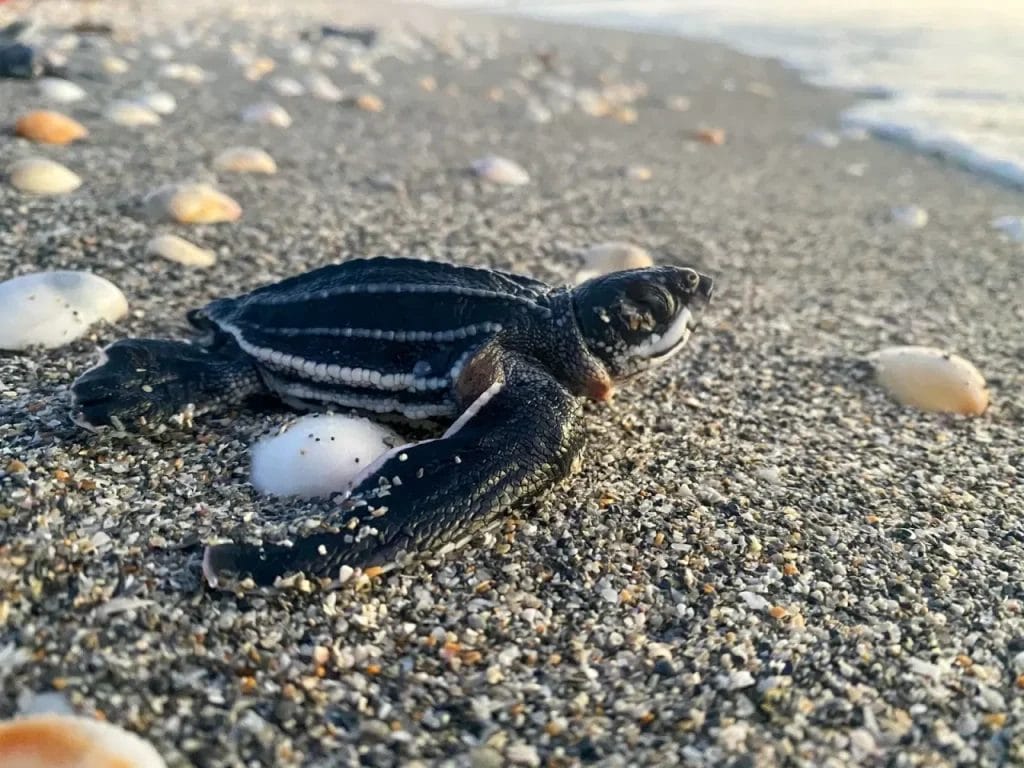
What Science Says (Spoiler: It’s Bad)
Researchers keep finding more plastic in sea turtle stomachs. In some cases, there’s more plastic than real food inside.
One study found microplastics in nearly every turtle they checked. Different species. Different oceans. Same problem.
If we don’t clean this up, we’re looking at a slow wipeout of an entire group of animals that’s been around since the dinosaurs.
So, What Can You Actually Do?
Look, you don’t have to change the world overnight. But you can make choices that matter.
Cut down on single-use plastic. Avoid stuff wrapped in 3 layers of nonsense. Support brands that give a damn. Pick up trash when you go for a walk.
The small stuff matters.
Even one less plastic bag in the ocean could be one less fatal snack for a turtle.

Tech Might Help—If We Use It Right
There are cool solutions in the works—biodegradable packaging, robots that scoop up ocean trash, AI models spotting microplastic hotspots.
But most of these are still in testing. They need funding. They need public support. They need pressure.
That’s where people like us come in.
Teach Kids. They’re the Ones Who’ll Inherit This Mess
If we want the next generation to do better, we’ve got to teach them now.
Schools and camps are starting to bring marine conservation into the classroom. Kids are learning about plastics, oceans, and how not to trash the planet.
They’re getting it faster than adults ever did.
Let’s hope they act faster too.
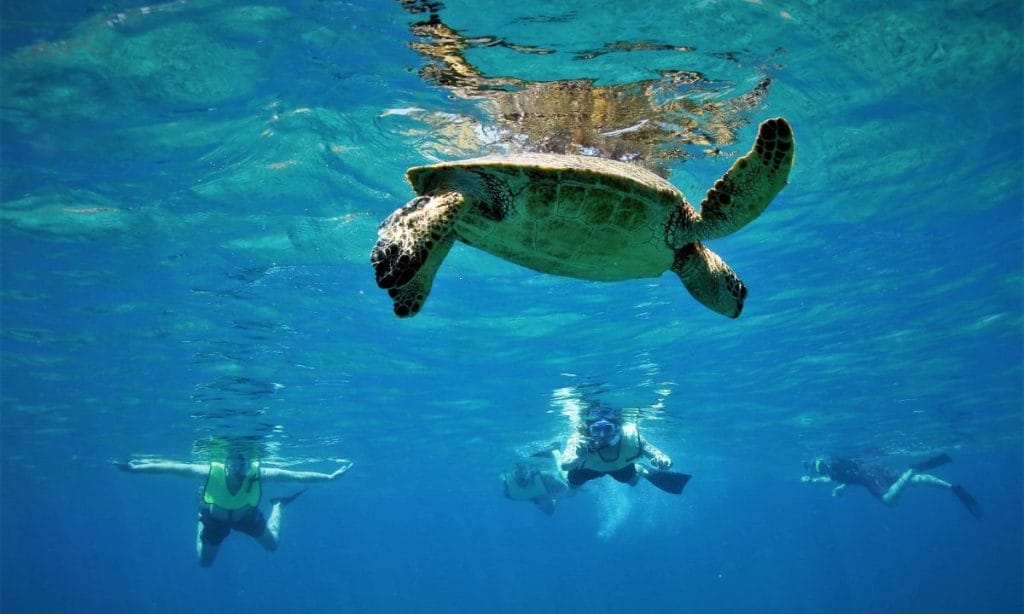
Final Thought: Don’t Just Read This and Move On
If we keep scrolling past problems, nothing changes.
Sea turtles don’t need our pity. They need cleaner oceans, smarter policies, and fewer fake jellyfish in their food supply.
And that starts with people like us giving enough of a damn to do something.
You in?

About Author
Muntaseer Rahman started keeping pet turtles back in 2013. He also owns the largest Turtle & Tortoise Facebook community in Bangladesh. These days he is mostly active on Facebook.


